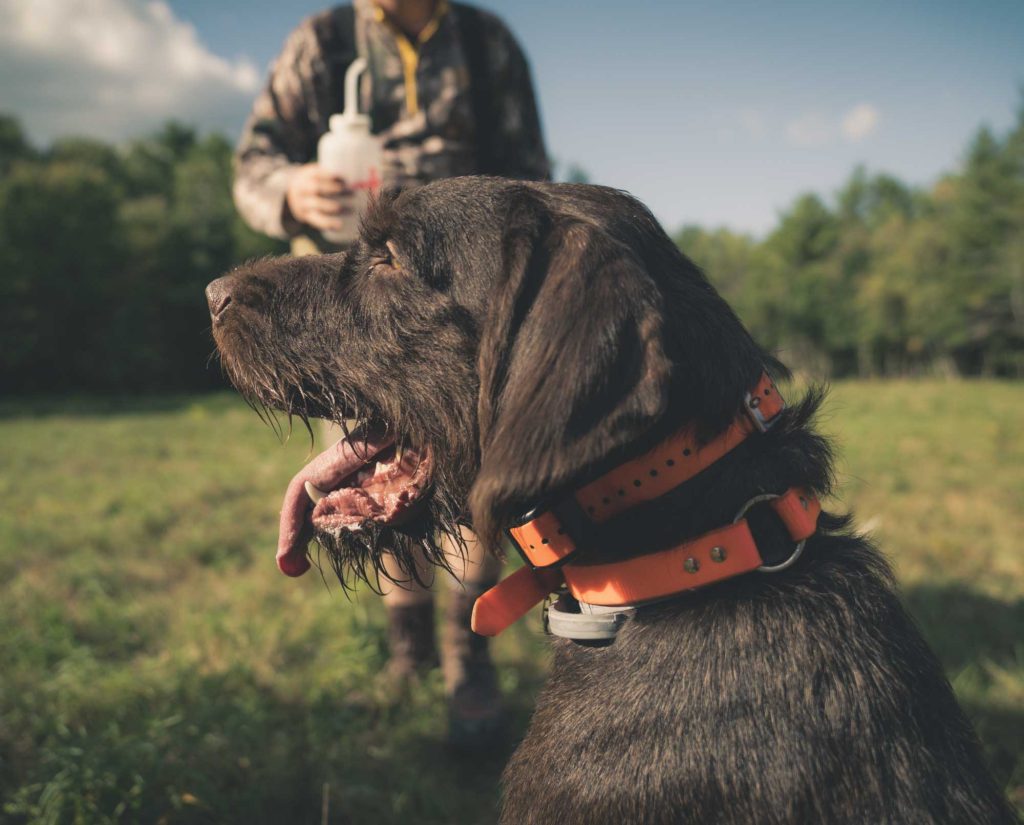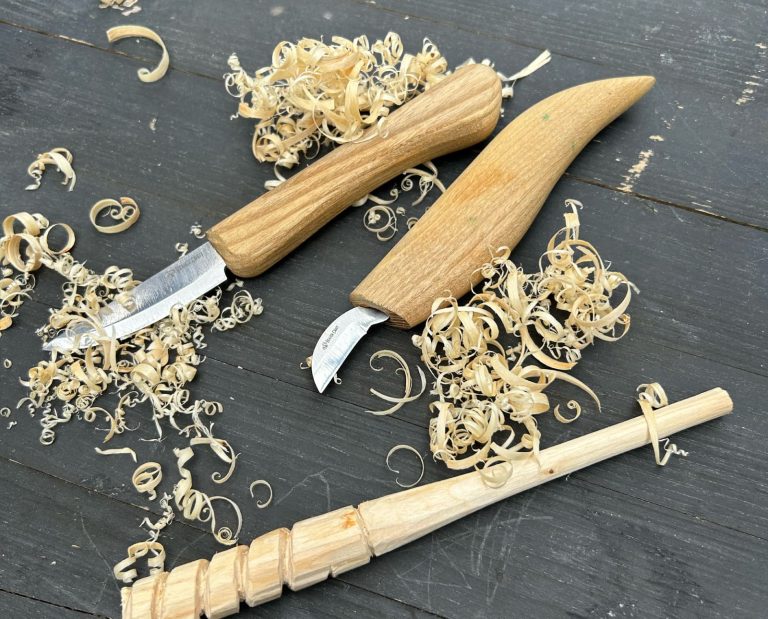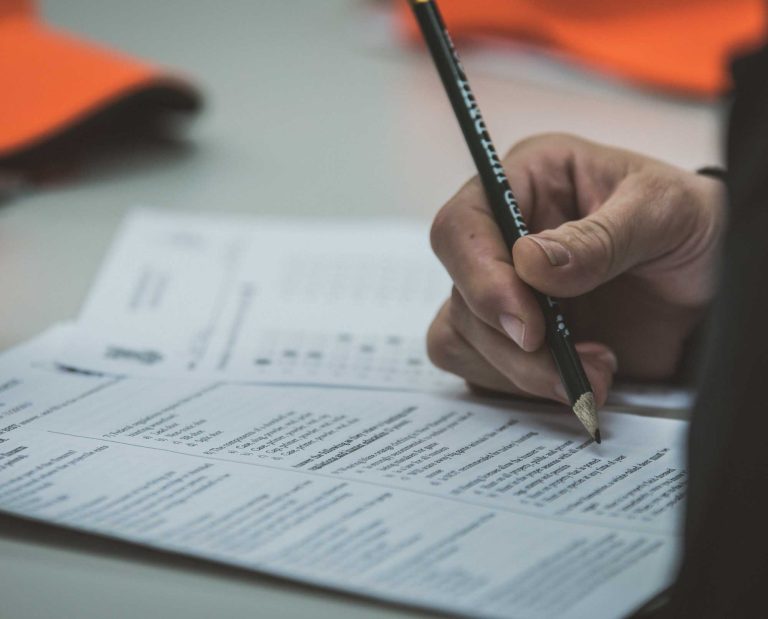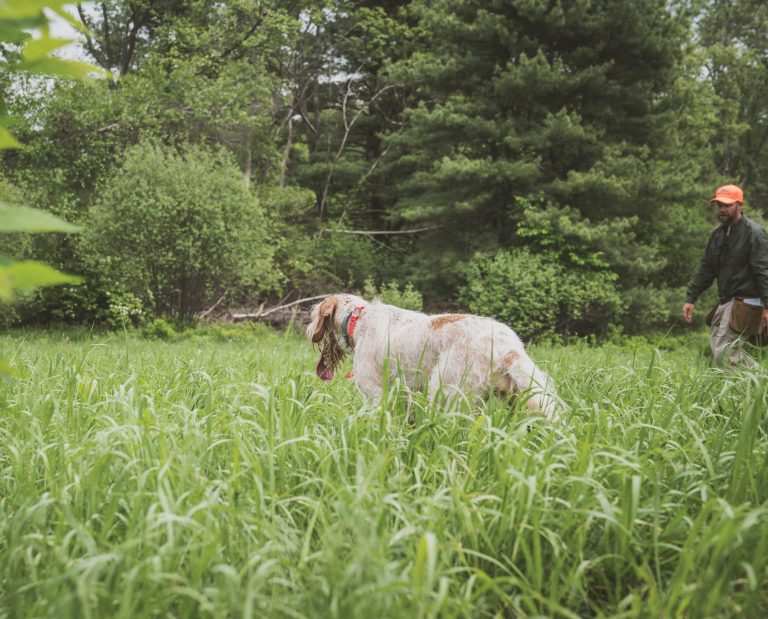How to Use Dog Treats in Training

Exploring whether you should use dog treats in training: effective methods and applications in real training scenarios.
A short while ago, I spoke with a behaviorist friend of mine, Matt McKenny, who also owns versatile hunting dogs. I specifically asked him his thoughts about his relationship with his dog and how behavioral science contributes to his ability to work with, train and calm his dogs. He provided an in-depth perspective of how we use science knowingly — or not — in our training.
If you have spent any time in the dog world you are very familiar with the fact that there are many strong debates about using bait. People on either side of this debate are very passionate about on which side of the fence they find themselves. This debate isn’t so much about using edibles as it is about people wanting to feel good about their training, sometimes ignoring the outcome. Even within our hunting circles, there are some who avoid the use of edibles whatsoever, and those who rely too much on them.
Now in fairness, we all want to feel good about our bird dog training. I’m just as human as anyone else in making my fair share of mistakes. But when we understand the process of learning, whether it’s human learning or canine learning, hopefully we’ll be more attuned to what processes work and why they work.
Pairing and reinforcement
Without going into lecture mode about Classical Conditioning (Pavlov) and Operant Conditioning (Skinner), it’s important to visit (or for some to revisit) these concepts. Pavlov’s observations of the dog drooling when the bell rang has led us to understand the process of ‘pairing’ different stimuli to elicit voluntary or involuntary behavior. Skinner’s work has led us to understand that there are stimuli in our environment that evoke behavior, the behavior occurs, and the stimulus that follows the behavior either reinforces (makes the behavior likely to occur again) or punishes (decreases the likeliness of the behavior to occur) that behavior. Both of these processes occur in our training.
The use of edibles actually uses both of these strategies at different times. During training, edibles serve as reinforcement when done correctly. Taking a closer look at a training sequence would look something like this:
- Trainer says the command: “heel”
- The dog performs the desired behavior: heel
- Dog is rewarded with a treat by trainer: dog eats treat
Aside from the reinforcement that occurs to teach this behavior, there are multiple pairing opportunities that are occurring during this sequence. These include:
- The pairing of the vocal command ‘heel’ with the behavior of heel; and
- The pairing of the delivery of the treat and the trainer.
This latter pairing is what we will primarily focus on here. When the food is delivered by the trainer, the pairing condition is occurring. Neurons in the dog’s brain connect the delivery of the treat (or reinforcer) to the behavior performed and to the stimulus that delivers it (the trainer).
So let’s also turn our attention to how the treat is delivered. This is equally important to what edible is being used, how much of it, how healthy it is, and how motivated the dog is to perform for it. We can deliver the treat in generally three methods. First, there’s the monotoned, straight-faced, “Good dog!” delivery (you can almost hear it right, “Bueller, Bueller!”). Second, there’s the nonvocal, or off-kilter vocal delivery of the praise and treat. Arguably, this approach is dangerous because it can lead to confusion in your pup. The third ‘best-practice’ method of using edibles is accompanying the treat with a big, goofy, energetic, ‘Atta-boy! (or girl)’ and lots of ear-scratching and petting. This is yet another pairing procedure.
Nobody wants a dog that is motivated to only perform for treats. It is important to be energetic, happy, and loving when delivering the treat. As a trainer, this is how you continue to pair your attention as a reinforcer. In time, this allows you to rely less and less on treats and more and more on your attention. This is part of the process of getting your pup to cooperate with you; she (or he) learns that all good things come from you. Any good teacher or trainer has many skills in their “bag of tricks.”

Troubleshooting the criticism
As with just about everything in our world today, there are those who have a counterpoint to every possible contingency. Here I will attempt to address some of the arguments about why treats shouldn’t be used.
Your dog will only perform when she/he sees the treat
Good point, and I’ve had to work through this myself. The mistake here is not the pup, it’s us. I mentioned earlier that I’ve made mistakes, too. Essentially this process is bribery. A solution to this is to always keep the treat out of sight, though in hand, until after the behavior is performed. This simple modification in your training will actually enhance the teaching processes.
Your dog will only work for you if you have treats; and, the pup learns to work for food instead of you
When this process works and is performed well by the trainer, the fading of treats, replaced by physical and verbal rewards, will lead to the dog being motivated to perform for you. What I didn’t spend much time explaining in this article is the bonding (another application of pairing) that should be occurring during non-training times. The holding, cuddling, playing, and so on with your pup is crucial for the foundation of a healthy relationship. When we do this well we are happy, our pups are happy and our “good” training sessions will far outweigh our “bad” sessions.
For those who argue that pups should inherently want to work for people, my argument is simple. Pups are dogs and dogs are canines. People are humans. Humans do not think like dogs, and dogs do not think like humans — regardless of how some may want dogs to think. All mammals, including humans, have to learn how to interact with members of their own species in order to survive. Puppies spend the first eight weeks of their lives with their litter-mates and mothers learning many of these essential behaviors. It is ignorant of us to believe that it comes natural for puppies to want, or know how to bond with us, absent the motivation to do so.
The treat-reliant trainer
Don’t be this guy. I think I have already addressed this one sufficiently.
Treats shouldn’t be used for serious training
Why not? Do a little experiment. Take two puppies with some training under their belts, enough so they will lie down on command. With pup A, use treats and moderate affection to teach the pup to roll over. With pup B, teach them to roll over without treats, but with moderate affection. Measure your success by the number of trials (or repetitions) it takes to teach each dog to roll over. I’m willing to suggest that pup A will independently roll over well before pup B, and I bet most of us would agree. The behavior of ‘rolling over’ is just another skill to a dog; they don’t know it’s a “trick,” something we teach them for our amusement. To them, it’s just another behavior. If we see dogs learning to do this silly trick more quickly with an edible treat, it serves to reason we can teach them anything more quickly and more fluently (i.e. with fewer headaches) with a treat than without.








